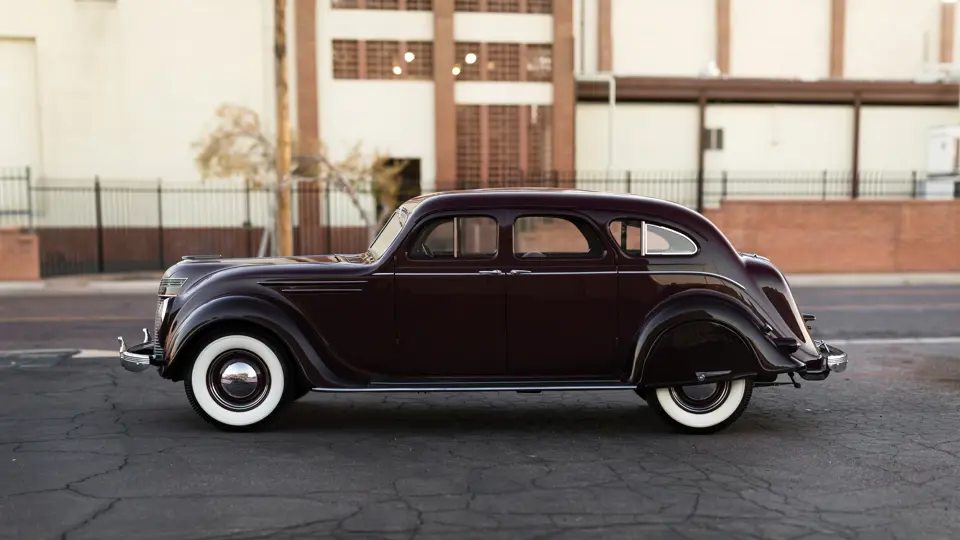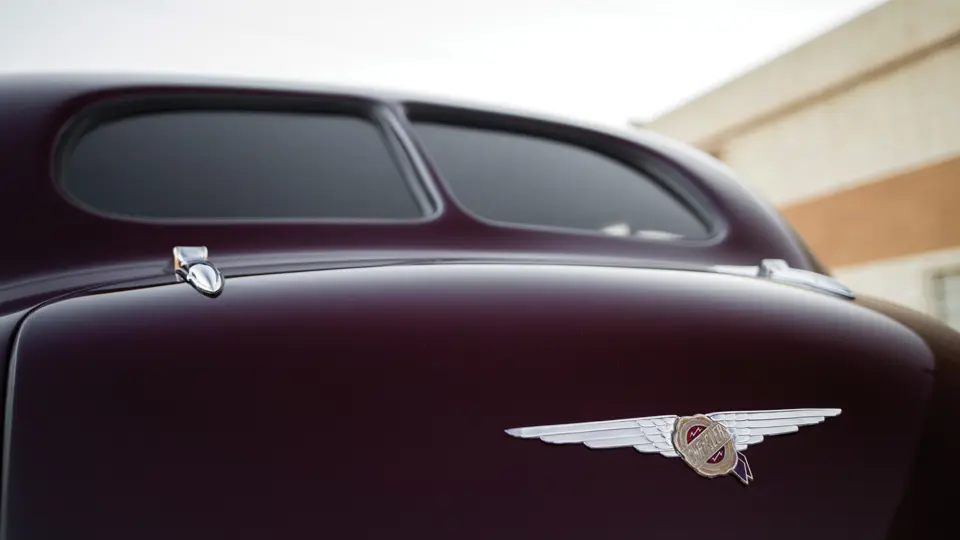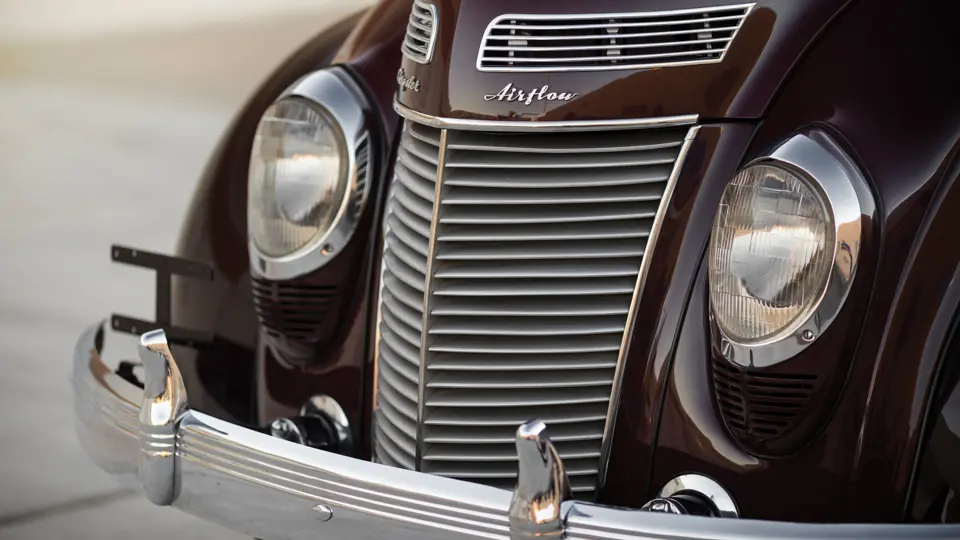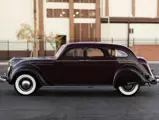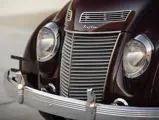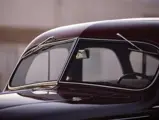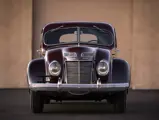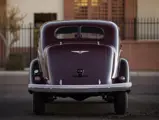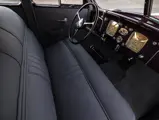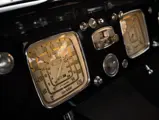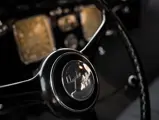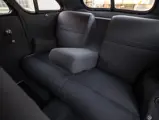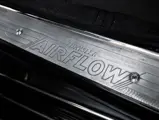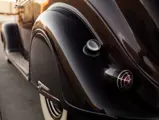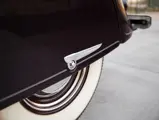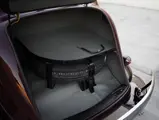130 bhp, 323.5 cu. in. L-head inline eight-cylinder engine, three-speed manual transmission with overdrive, solid front axle and live rear axle with semi-elliptical leaf springs, and four-wheel hydraulic drum brakes. Wheelbase: 128 in.
Chrysler’s Airflow represented the best of times, yet also the worst of times. A brilliant design, it had the promise of technology yet suffered the heartbreak of the Depression. Credit for the design is rightly given to engineer Carl Breer, who with Owen Skelton and Fred Zeder was one of Walter Chrysler’s “Three Musketeers.” The trio, who worked at Studebaker during World War I, were recruited by Chrysler in 1920 to design a new car for Willys, then under Chrysler’s direction. Through a series of complex events, that car eventually became Billy Durant’s Flint, but the Musketeers stayed with Chrysler for the rest of their working lives and were responsible for all of Chrysler Corporation’s much-vaunted engineering until the 1950s.
The Airflow was Breer’s implementation of “form follows function,” a wind tunnel-tuned shape built on a semi-unitary “truss bridge” chassis based on aircraft principles. The engine was pushed forward, over the front axle, which allowed both seats to be situated within the wheelbase. The Airflow was roomy inside and extremely comfortable.
It was launched to great fanfare in 1934. Chrysler had four series on different wheelbases, all eights and three of them Imperials. DeSoto had a single line of six-cylinder Airflows. Although the press was generally positive in its reaction, enamored of the technology, the public was not. Barely 11,000 Chrysler Airflows were sold, against 25,000 conventional six-cylinder models that had fortunately been continued. With only an Airflow model, production shrank by nearly half.
For 1935, stylist Raymond Dietrich was called in to give both Chrysler and DeSoto Airflows a more attractive front end. As a hedge, he also came up with more conventional “Airstream” models to help weather Depression-hampered sales. DeSoto abandoned Airflows after 1936, but Chrysler soldiered on for one more season with an abbreviated line. The Imperial name had been reclaimed by three series of high-end conventional eight-cylinder cars. The Airflow Eight line consisted of a coupe and a six-passenger sedan. Production was limited to just 230 coupes and 4,370 sedans.
Last of the Airflows, this car is a solid Texas example and the recipient of a frame-off restoration. It was acquired by Lowell Stapf of Amarillo, Texas, from Jack Edmonds of Fort Worth, in 1966. In the early 2000s, Stapf commissioned the no-expense-spared restoration. At his passing, the car was inherited by a long-time employee, who sold it to the current owner.
Striking in deep maroon with black fenders, it exhibits superb fit and finish. The interior is expertly upholstered in grey cloth, and the instrument panel is correctly detailed. Mileage showing is slightly in excess of 80,000. The quality of the restoration extends to the luggage compartment and likewise the engine, which is immaculately detailed. Factory features include an overdrive transmission and full fender skirts at the rear. The car is equipped with wide whitewall tires. Included are a dossier of pre-restoration photos and comprehensive documentation of the restoration itself.
The C-17 Airflows are recognized by the Classic Car Club of America as Full Classics, so this car is eligible for all CCCA events. Certainly one of the best of the last of the Airflows, it will be a delight to own.
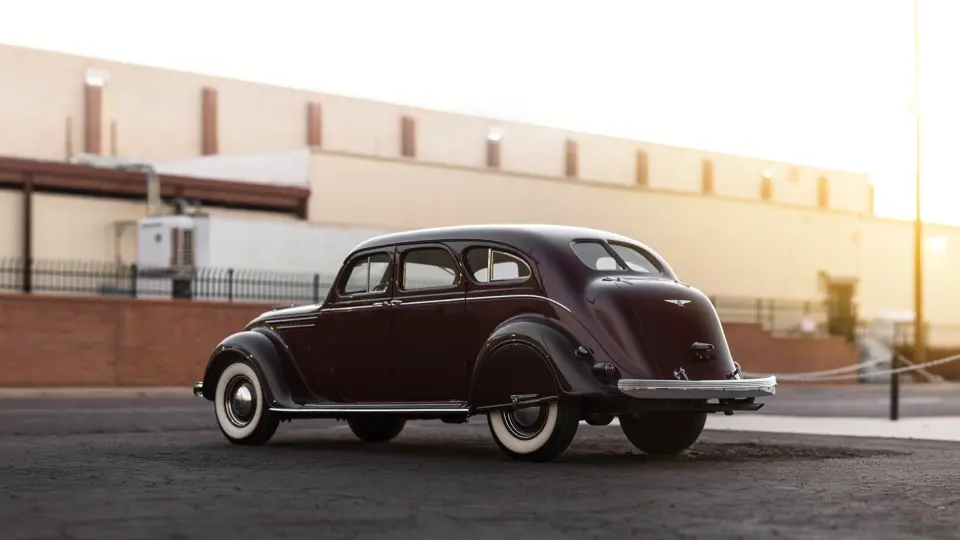






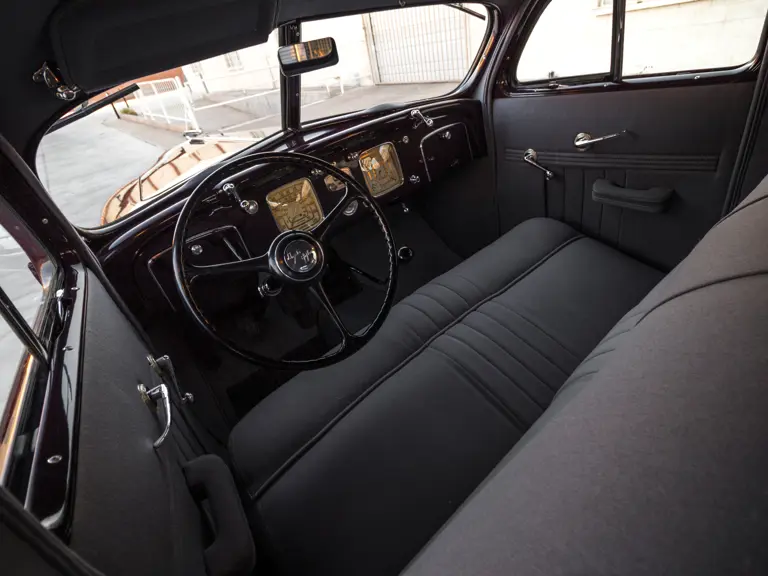
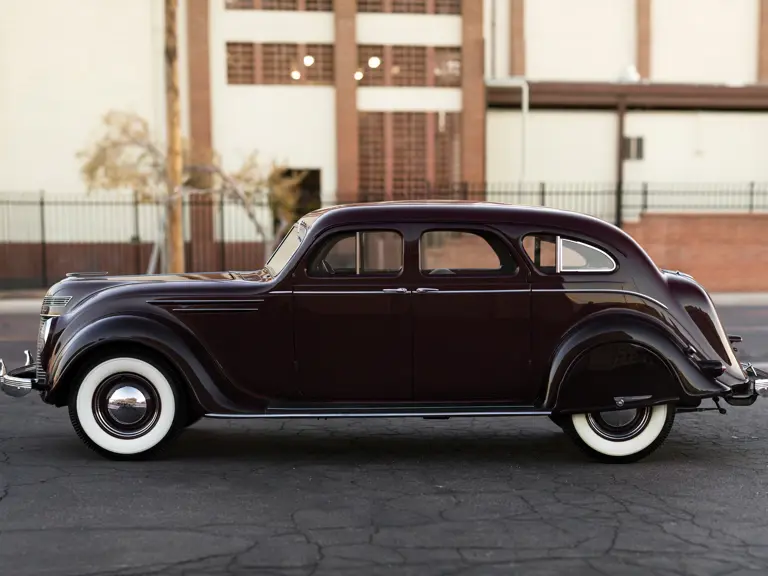

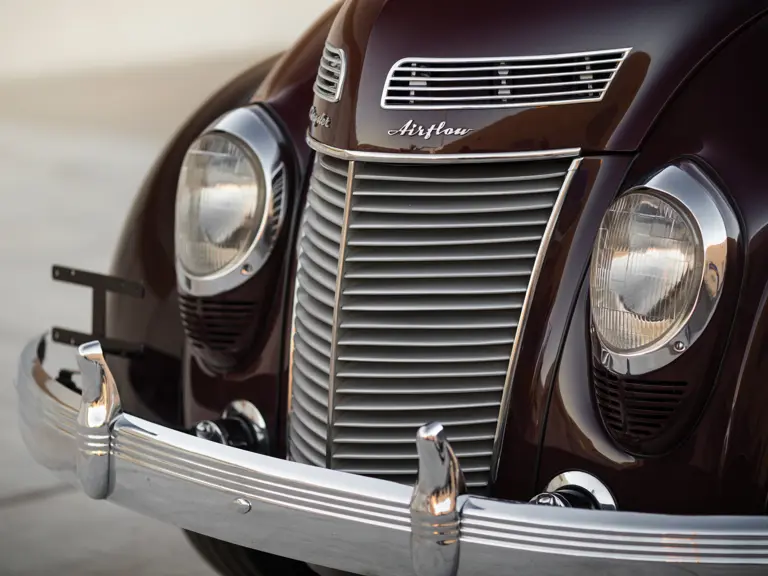
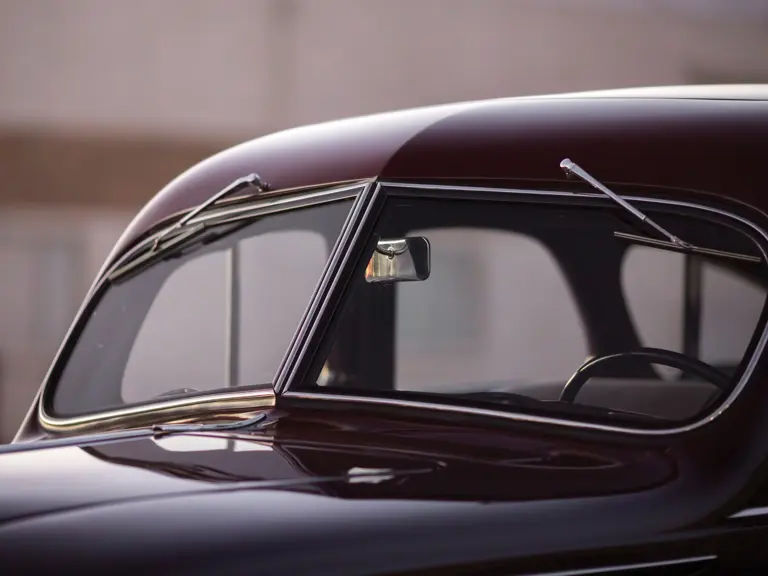


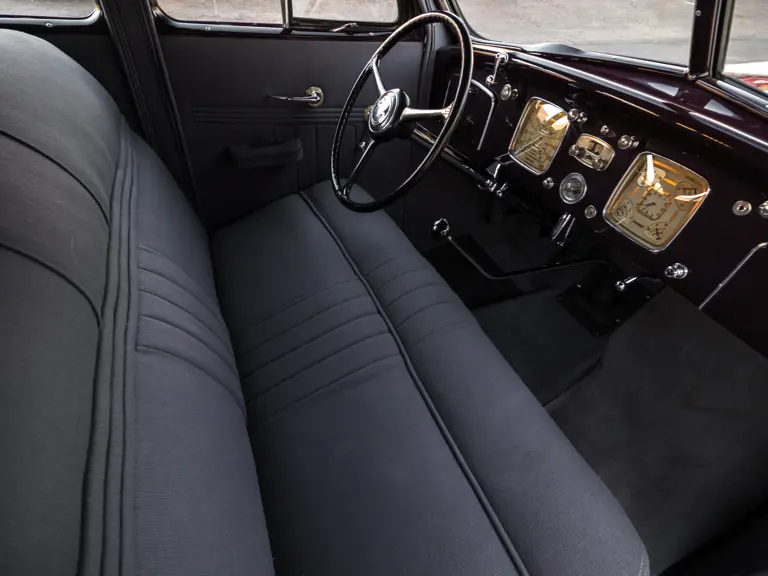
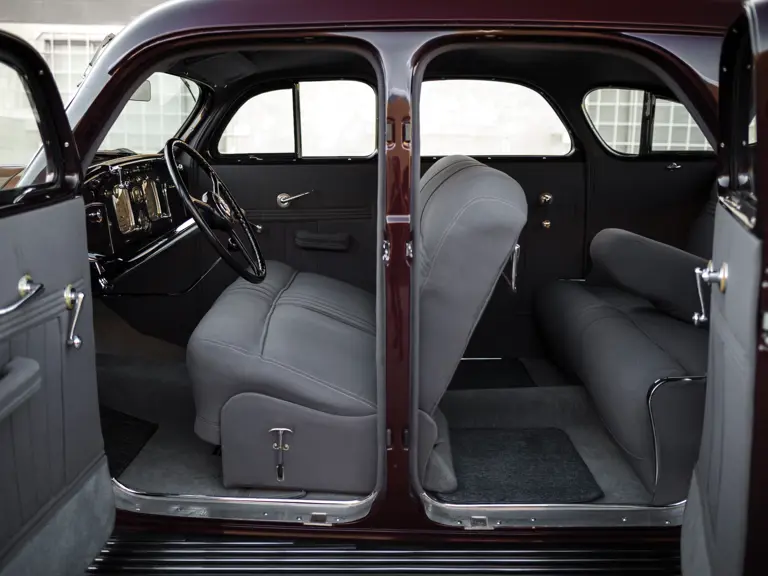
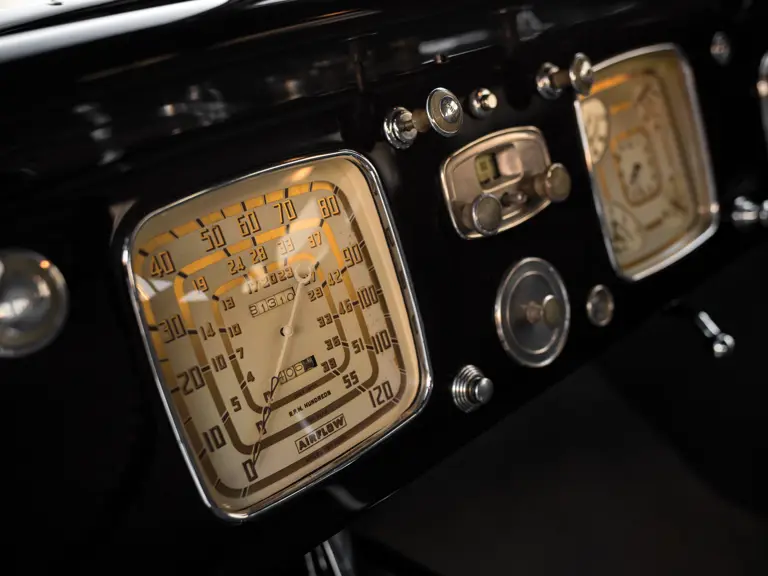

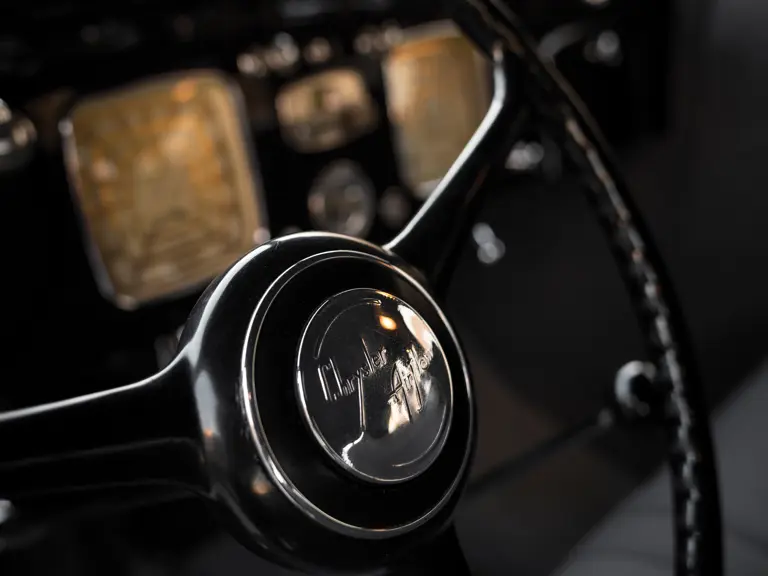
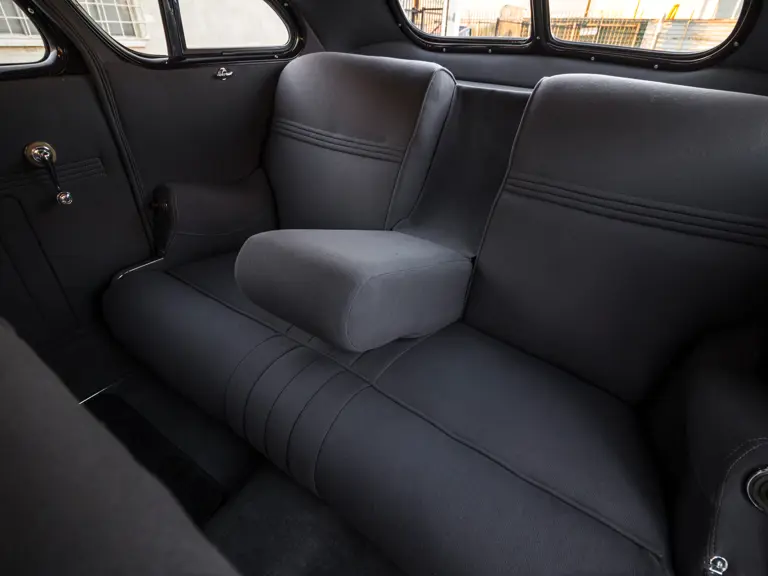
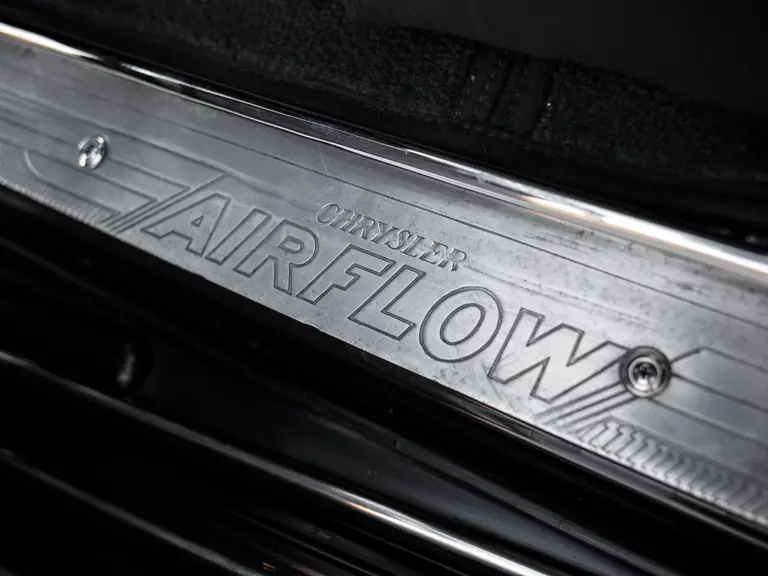
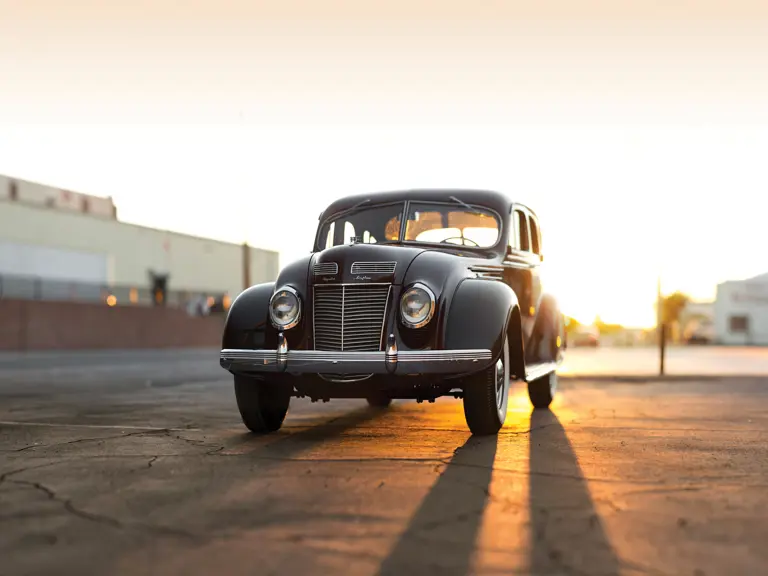
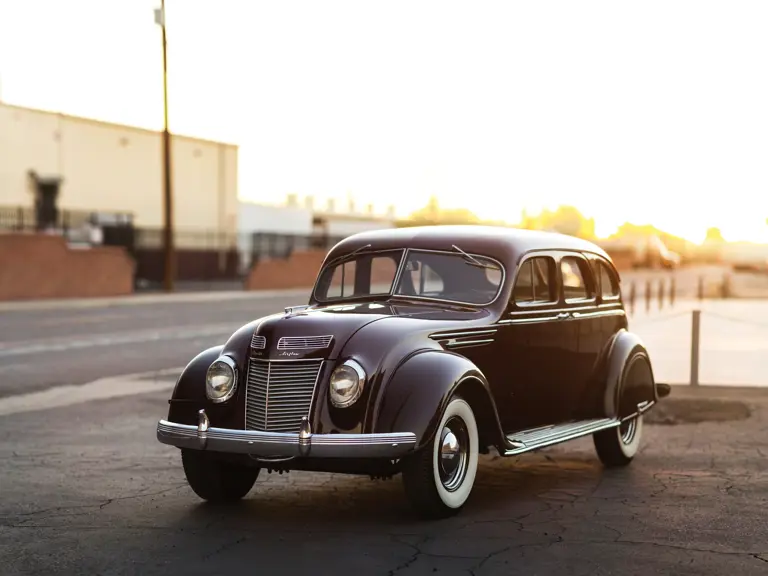
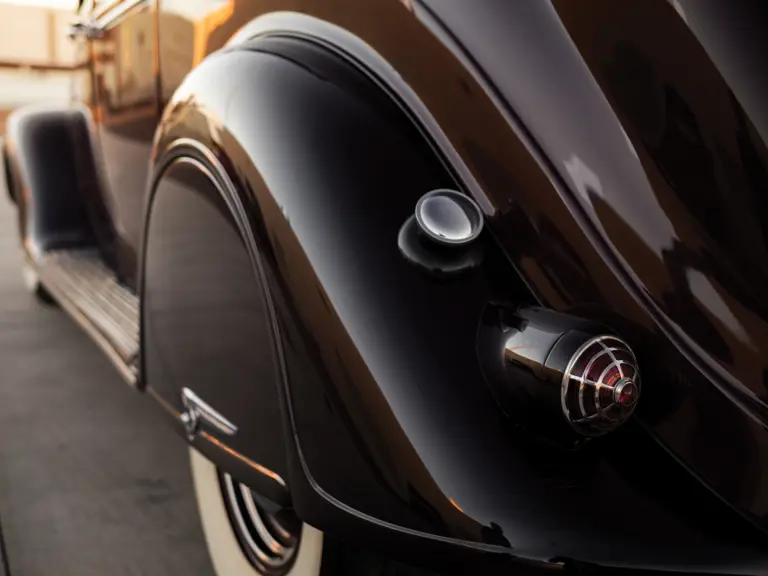
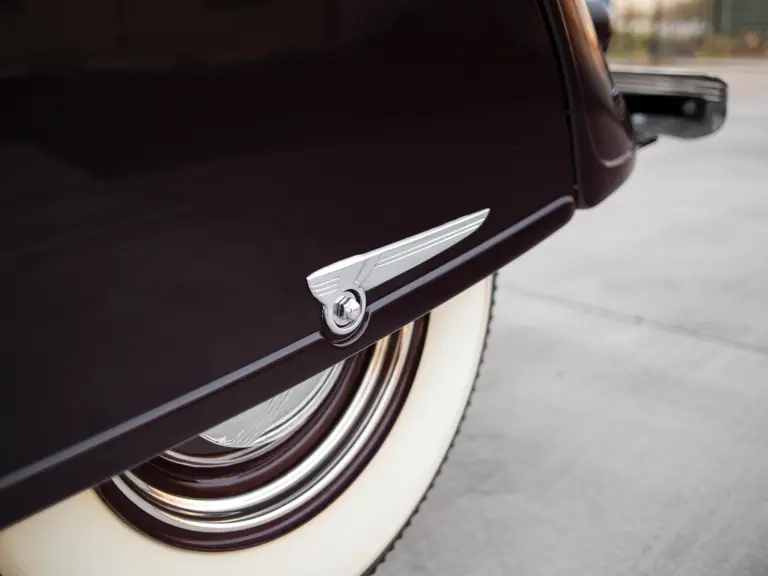
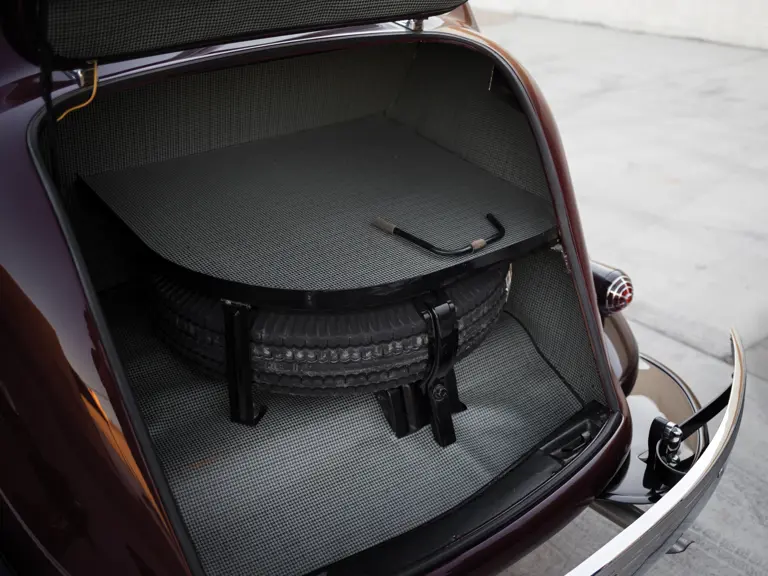
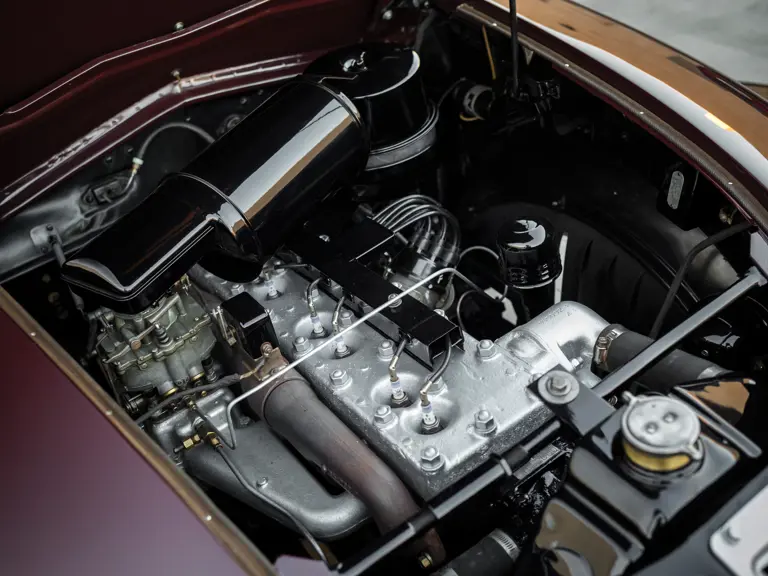
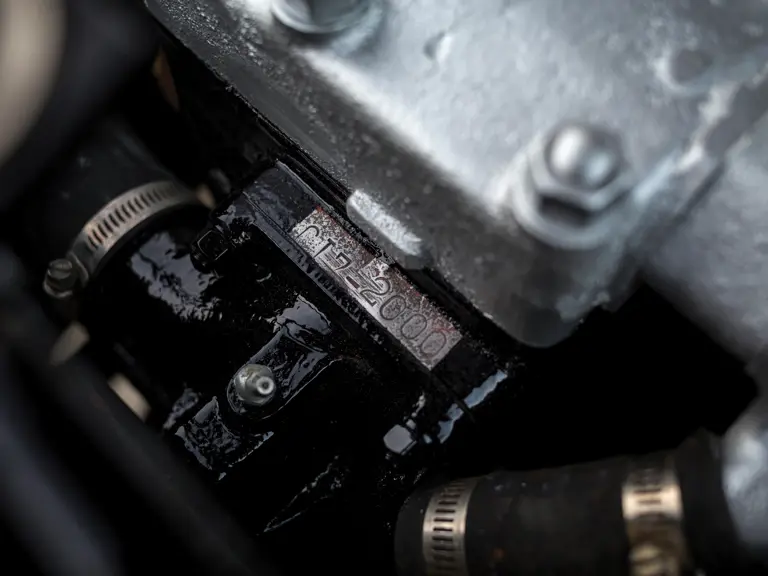

 | Phoenix, Arizona
| Phoenix, Arizona
